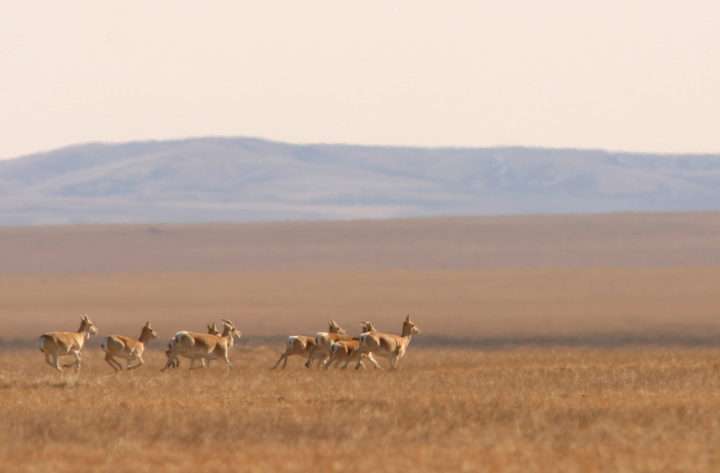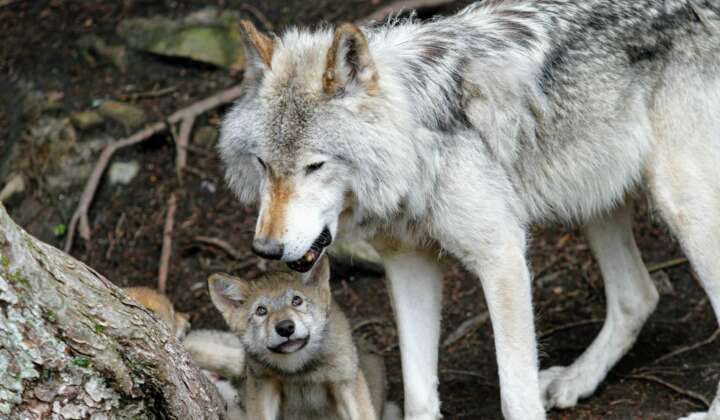Societal aspects of wolf recolonization in Germany
Motivation
In the year 2000, wolf pups were once more born in the wild in Germany, for the first time since the wolf’s local extinction. Since then, the wolf population in Germany has grown to more than 120 packs (1). From a conservation point of view, this is a remarkable success, but how do people in Germany feel about the wolf?
According to representative surveys, a large part of the population (77%) is happy about the wolf’s return, and 42% of those living in wolf regions said that without wild wolves, they would miss something (2–4). For some, however, the return of the wolf is also a burden. This is very tangible in the case of livestock farmers who face the challenge of protecting their animals from wolves. Prevention and compensation programs have therefore been set up to support those affected.
Emotional stress such as feelings of fear and threat can also be experienced by people who are not directly affected by wolves. For example, according to one of the surveys mentioned above, 30% of people would be afraid to go into the forest in a wolf region (4) – despite the fact that no wolf attacks on humans have been reported in Germany since the return of the wolf (5). The aim of the projects “KnowWolf” and “Wolfswissen” is to counter such fears in the general public, to minimize psychological stress (e.g. due to anxiety or perceived restrictions), and to preserve the positive psychological effects of wolves on society (e.g., joy about the return of the wolf (4) or about a wolf encounter (6)). The central element of both projects is the transfer of factual knowledge.



